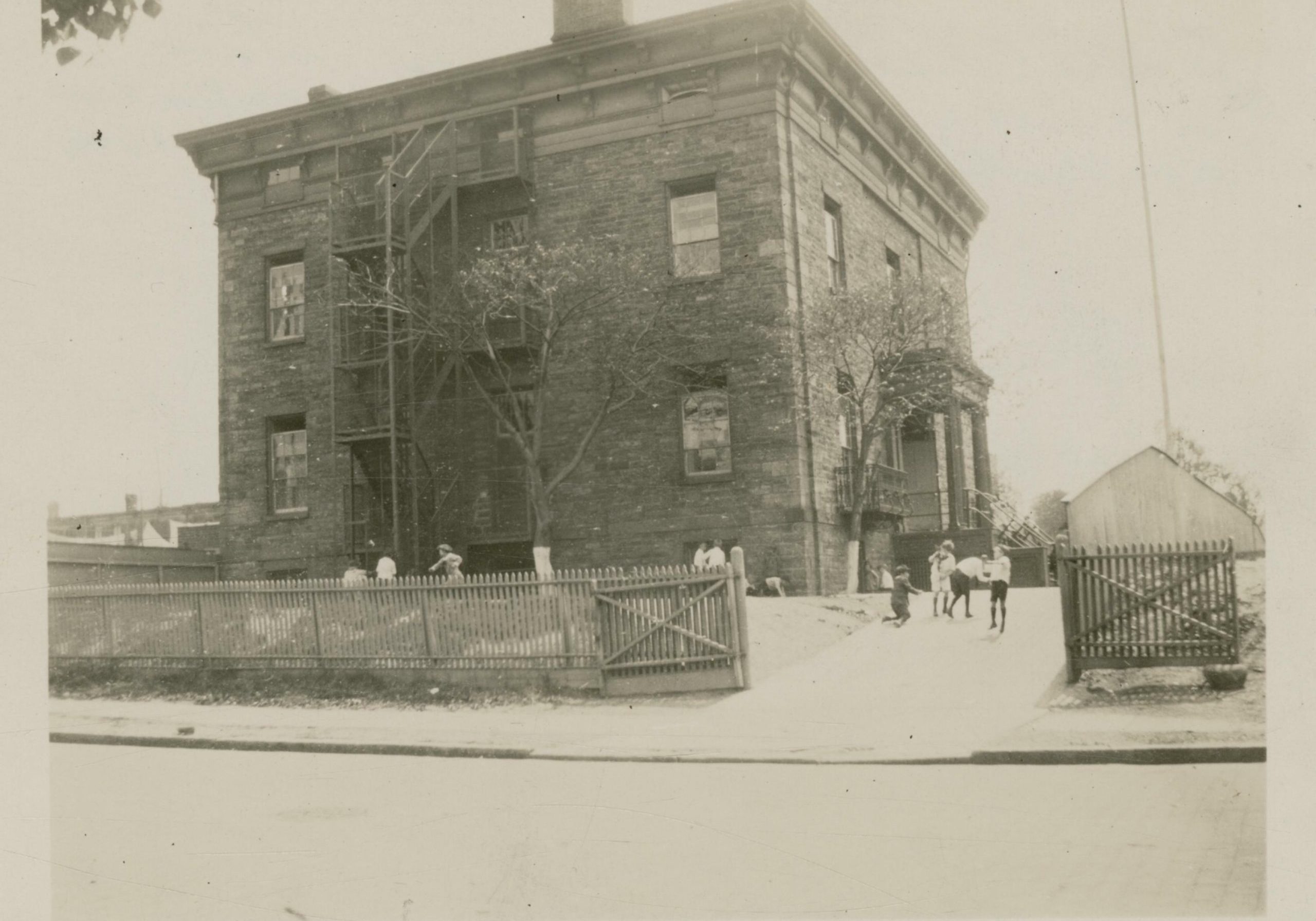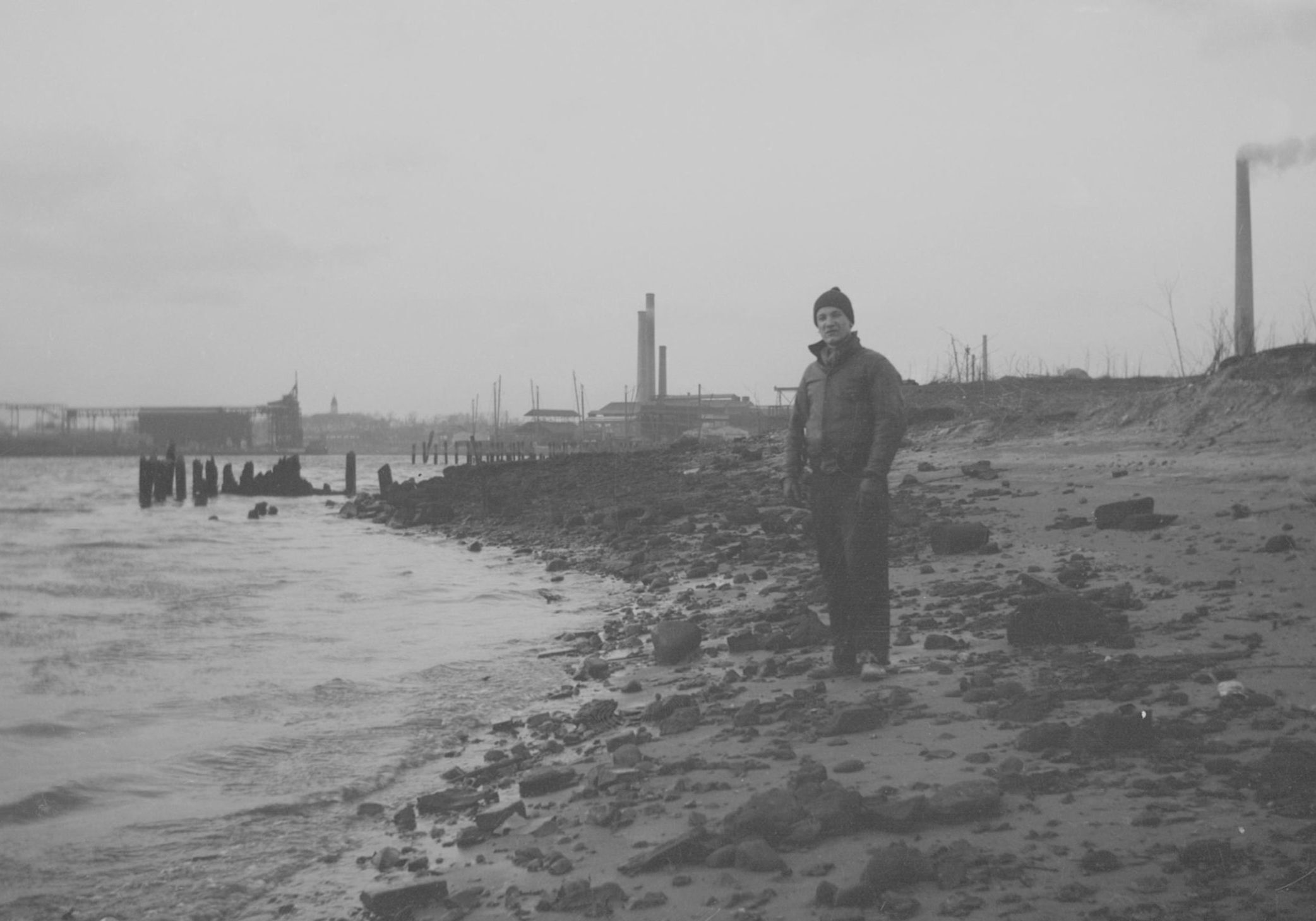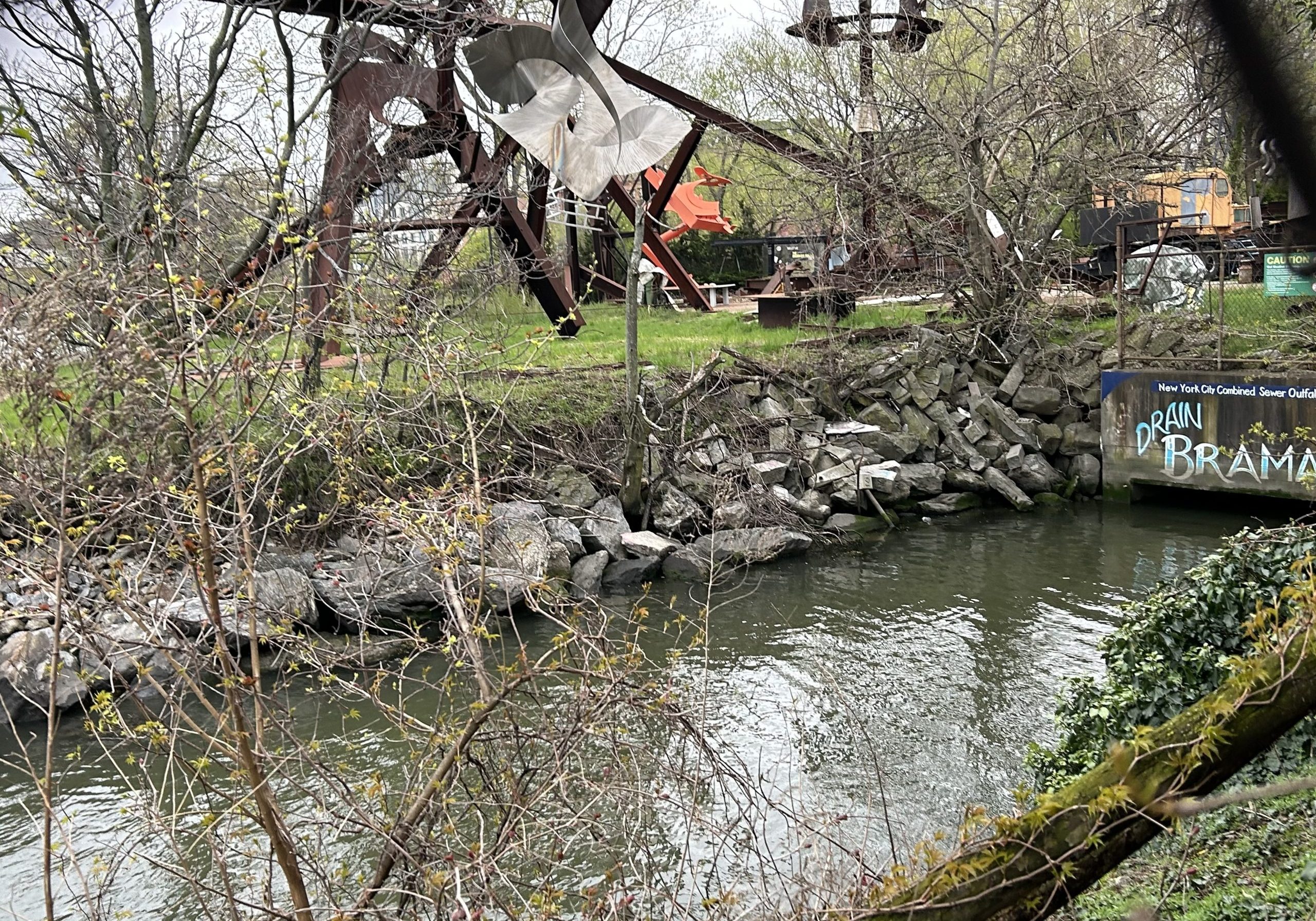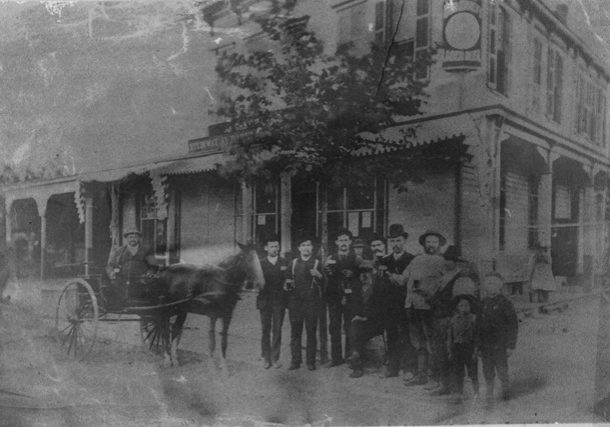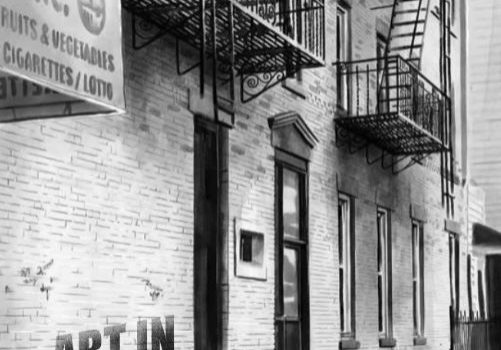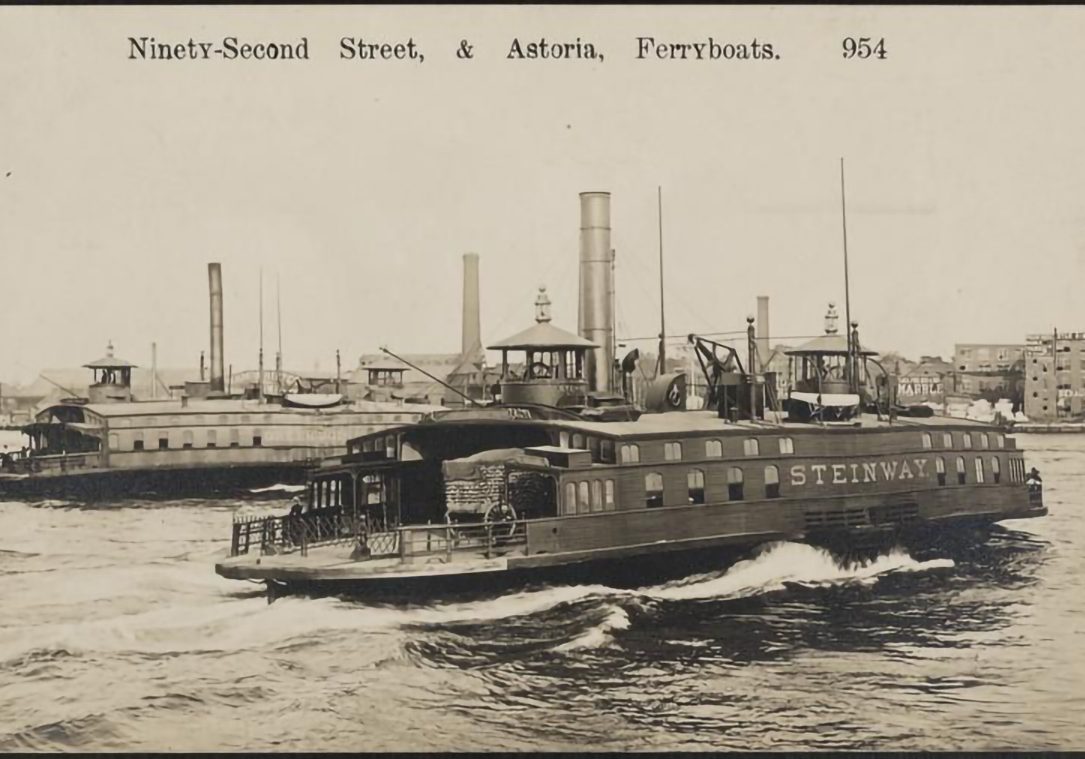Long Island City: The Gateway To The World’s Greatest Industries
At the turn of the 20th Century, the geography of Long Island City, Dutch Kills, Hunter’s Point and Newtown Creek resembled a scene familiar of rural Oklahoma. Flat open plains led to swampy wetlands and creeks. At night the area was pitch black due to a lack of homes and public street lighting. In the day time the area was silent except for the sound of a passing trolley or the crack of a rife fired by a hunter shooting at a deer or ducks.
In 1906, Michael John Degnon, the contractor and industrialist who helped build the anchorage of the Williamsburg Bridge, came to Long Island City and had a vision; he would build the nation’s largest manufacturing district. Corporations of all kinds would come and establish their factories and their products could then be transported by barge via the Newtown Creek and East River or by railroad.
Originally, Degnon owned a contracting and construction firm dating from the turn of the 20th Century. This firm would be the successful bidders on the Steinway Street Subway Tunnel, among other Manhattan based subway construction contracts.
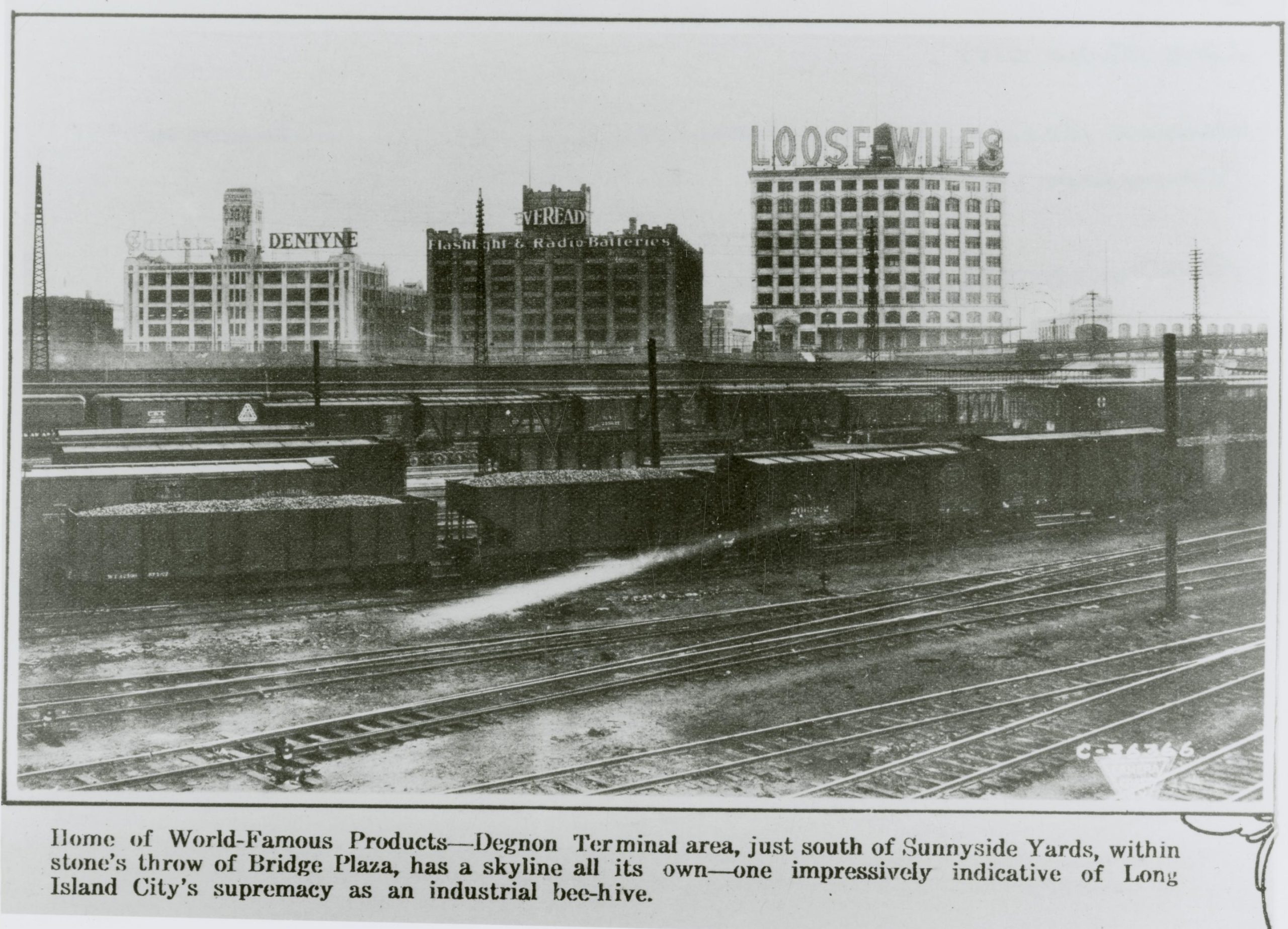
A year later in 1907, the New York Times reported that the newly formed Degnon Terminal Company had acquired some 362 building lots found amongst the “sunken meadows south of Jackson Avenue” from the estate of Governor Roscoe P. Flower at prices ranging from $1,000-$1,500 each. Overnight, Degnon had added some 3 million square feet of industrial real estate to the area. Degnon was no stranger to development having been involved in many business ventures from real estate to subway development. Whatever Michael J. Degnon was involved in he always made money for his partners. With a keen eye which had made him a millionaire by the time he was 25, Degnon timed his LIC industrial project to coincide with the opening of the Queensboro Bridge in March 1909.

Later that year the following words appeared in print. “Degnon Terminal Gateway to the World’s Greatest Markets” screamed the headlines of the Long Island City Star Journal.
An intricate railroad system had tracks which went to every single industrial plant and factory within Degnon Terminal. These cargo trains would then head just a mile west to the Sunnyside Yards where from there the cargo would go to Manhattan, Brooklyn or in later years travel over the Hell Gate Bridge heading north into New England. With the completion of the Queensboro Bridge, the newly established trucking industry brought goods over the East River and into Manhattan and further west across the Hudson River into New Jersey.
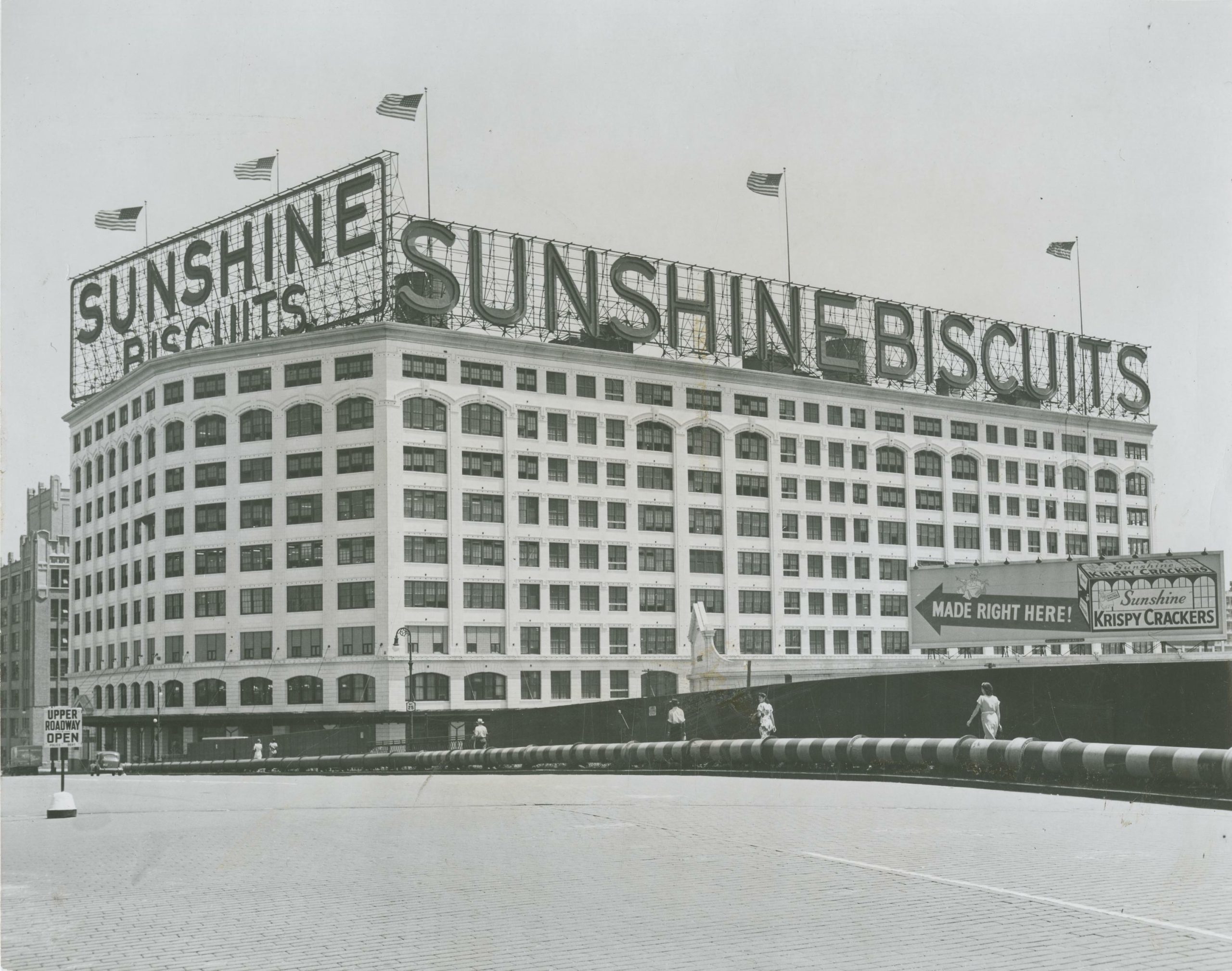
The Degnon Terminal allowed companies to either purchase the land and build a factory plant or a company could lease the land from the Degnon Realty & Terminal Improvement Company and build a factor up 17,000 square feet on up to six acres of land.
The first industrial structure to be built in 1909, was the now iconic Loose-Wiles Sunshine Biscuit Company, and it became known as the “Thousand Window Bakery”, due to the numerous windows which shrouded the wedge shaped nine story factory allowing the processing floors and offices to be flood with sunlight. The building was the largest factory of its kind in the United States and was connected directly to the newly formed rail system which would eventually link every single factory in the Degnon Terminal. The biscuit company manufactured their trademark Sunshine Biscuits here, as well as Krispy Saltines, Hydrox Cookies (which would become Oreos) and the world famous Animal Crackers. The plant closed in 1965 and still stands today as LaGuardia Community College.
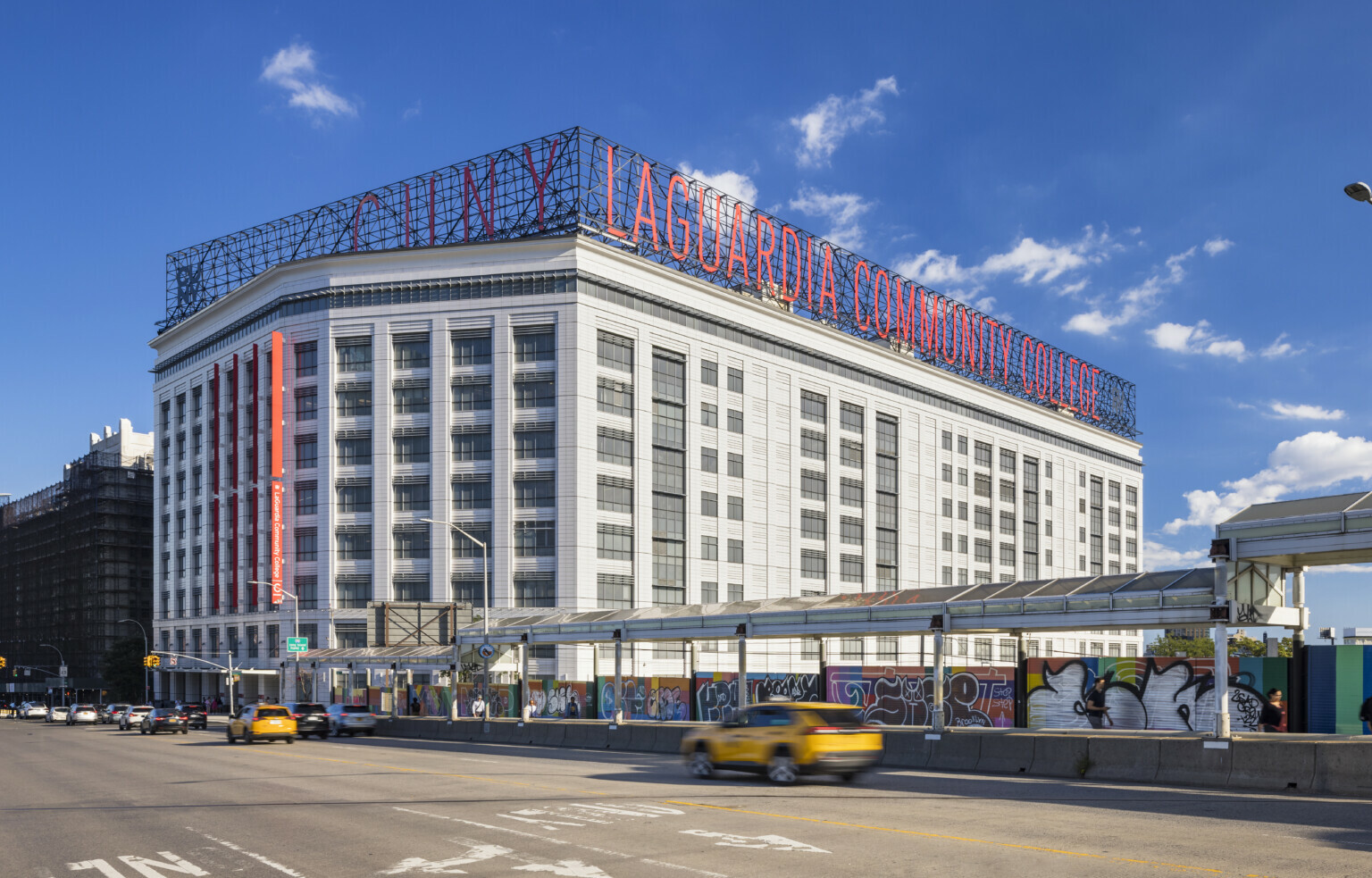
Fast forward forward a few years to 1913, and the Degnon Terminal was officially organized with direct rail access to the Long Island Rail Road via the Sunnyside Yards which opened just a couple years earlier. The entire terminal complex would be constructed within just a few hundred feet from the entrance to the Sunnyside Yards. Everything was in place for Degnon’s industrial masterpiece. The Degnon Terminal was accessed by rail through a private rail system known as the “Montauk Cut-Off” in which cargo trains of the LIRR were utilized. For the next five years, Degnon brought some of the top American manufacturers to his epic industrial terminal. The Degnon Terminal, overnight, turned western Queens into a domestic industrial superpower.
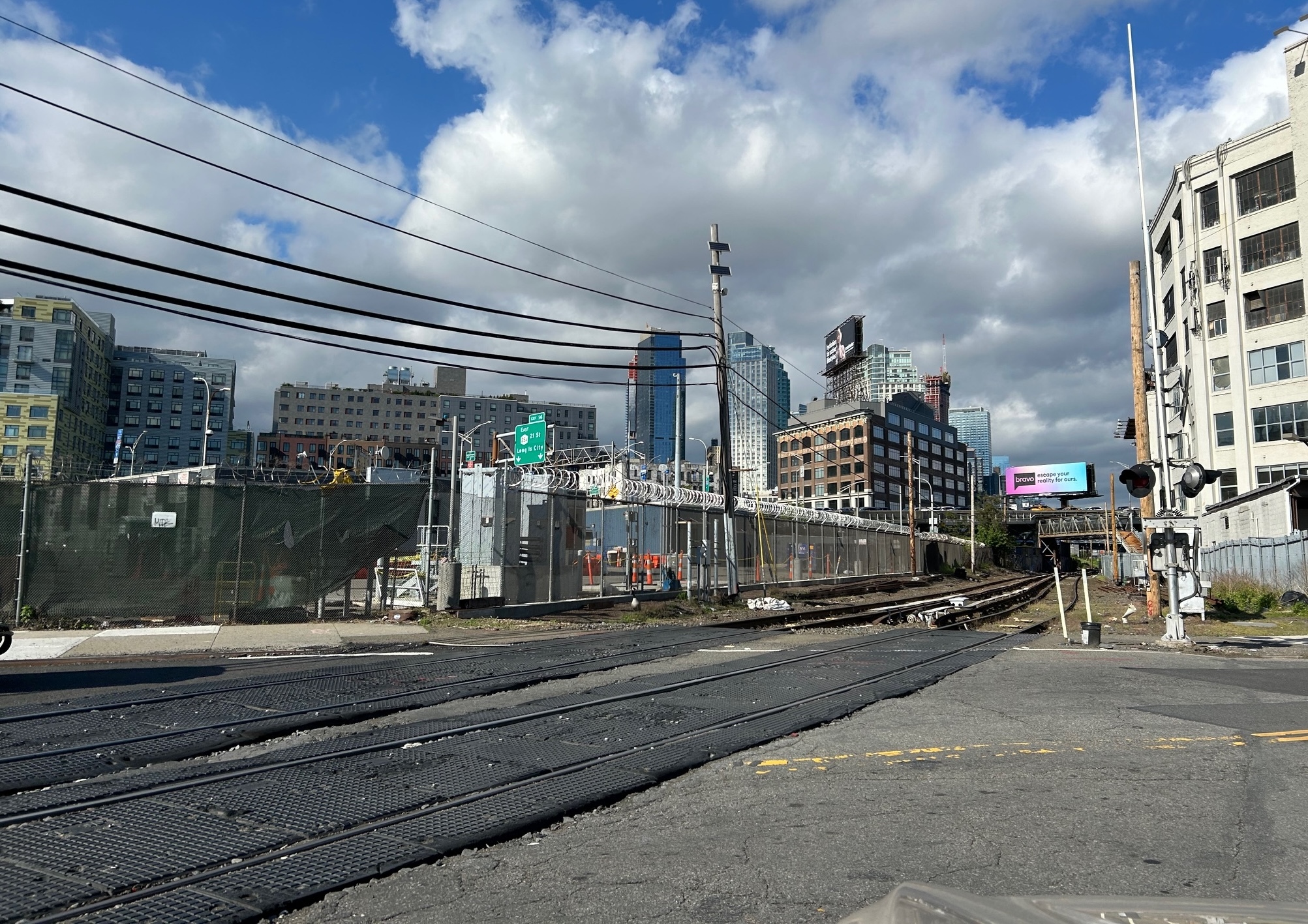
Several dozen factories produced an abundance of various products. The Packard Motor Company, Studebaker, Rainier, and the Ford Motor Company made cars and trucks, the American Chiclets and Dentyne Gum factory produced gum and other chewable products for the nation; Eveready Batteries, the warehouses of Macy’s and Gimbel’s department stores, Paragon Oil, Burke’s Ale Brewery and even the brewery for Guinness Beer!
Also in 1912, plans were announced by Degnon for linking Flushing and Jamaica Bays with a canal. The Degnon Contracting Company, began dredging Dutch Kills as well as grading, building and paving streets in their one hundred and twenty-five acre site in preparation for factories and warehouses.
During this same time frame and under contract with the New York City, Degnon also began the filling in of marshes and wetlands between Corona and Flushing with ashes. This area would later become known as Flushing Meadows-Corona Park. The project for a canal failed but the “Valley of Ashes” remained until the 1939-40 New York World’s Fair.
An event unforeseen when Degnon first came to Western Queens would soon change the course of history for Queens, Degnon Terminal and America. The Great War in Europe transformed LIC overnight into a war manufacturing hub for North America. Soon the factories of the Degnon Terminal started producing airplanes, anti-aircrafts guns, naval mounts, gauges for siege guns, airplane propellers, ambulances and boots, shoes, airplane engines, gas masks, canned food to be eaten on the battlefield, medicines, bandages, cotton, and even explosives and bombs.
With war effort in full swing, Degnon petitioned the government both Federal and from New York City to fund the building of housing for the influx of workers now operating in the Terminal. An estimated 5,000 new laborers were hired in addition to the 5,000 already employed there. By 1918, more than 70 plants in the Degnon Terminal were making materials for World War I. Even American Chicle Factory stopped mailing gum and instead made gas masks. Newtown Creek became the busiest waterway in the United States as it transported via barges 5 million tons of commerce. Degnon died suddenly in 1925 at the age of 67.
The Long Island Rail Road would absorb the Degnon Terminal properties in September 1928, and assumed freight operations and continued service for the occupants. Long Island Rail Road freight service for this area ceased around 1985 with LIRR removing the switch from the Montauk Cutoff in 1990. Long Island City still remains a manufacturing power until today and is all owed to the vision and ambition of Michael J. Degnon.










